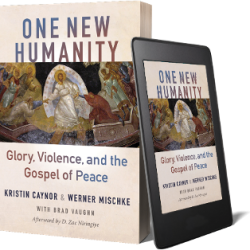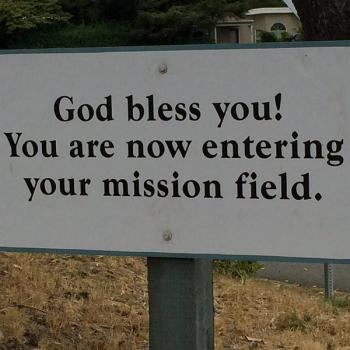Next week, I’m starting a series that focuses on how we might help oral learners do biblical interpretation and contextualization.
This task has obvious challenges. To get you thinking about the topic ahead of time, I direct your attention to a thoughtful blog post by Heather Holt at WCIU International Development Journal, called Theological Education for Oral Learners. WCIU has a blog with posts covering a range of topics.
Here is a sample:
“In teaching an oral audience, the important thing is to intentionally use ‘memory hooks’ as ways for people to remember the information. These may be an engaging story to open the presentation, or a proverb that addresses the concept, or a symbol or ritual that drives the point home. The important thing is just to experiment. Use different assignments and rubrics for classes, for example.
Often, when one thinks of orality, storytelling is the first and only thing that comes to mind. However, oral learning goes far behind just storytelling, and in some cultures, that wouldn’t even be the first method they would choose. In some cultures, ritual and symbol are far more important. All three aspects- story, symbol, and ritual – need to be embraced.”
What are the challenges some of you have faced when it comes to theological education, interpretation, or contextualization among oral peoples?











